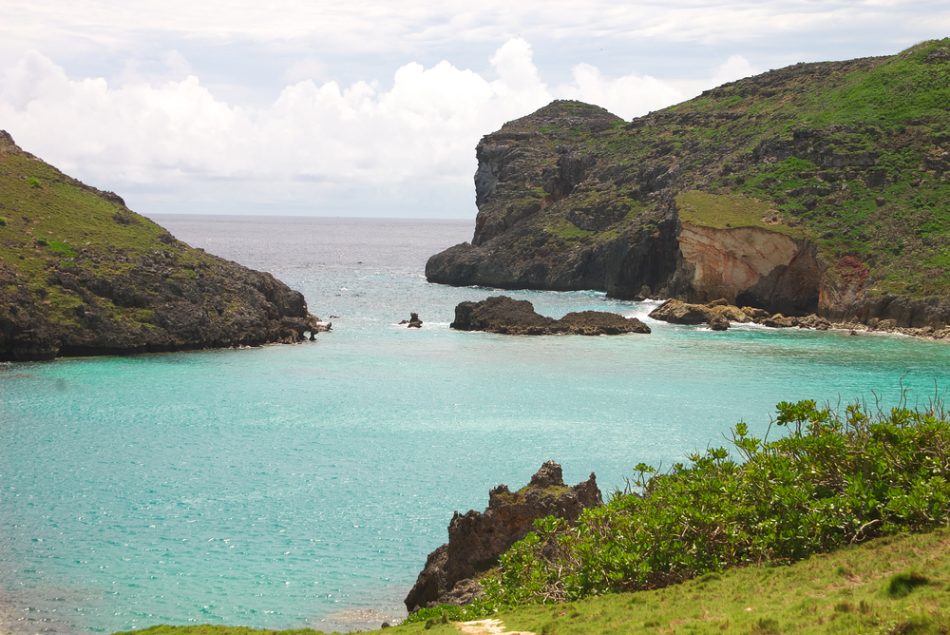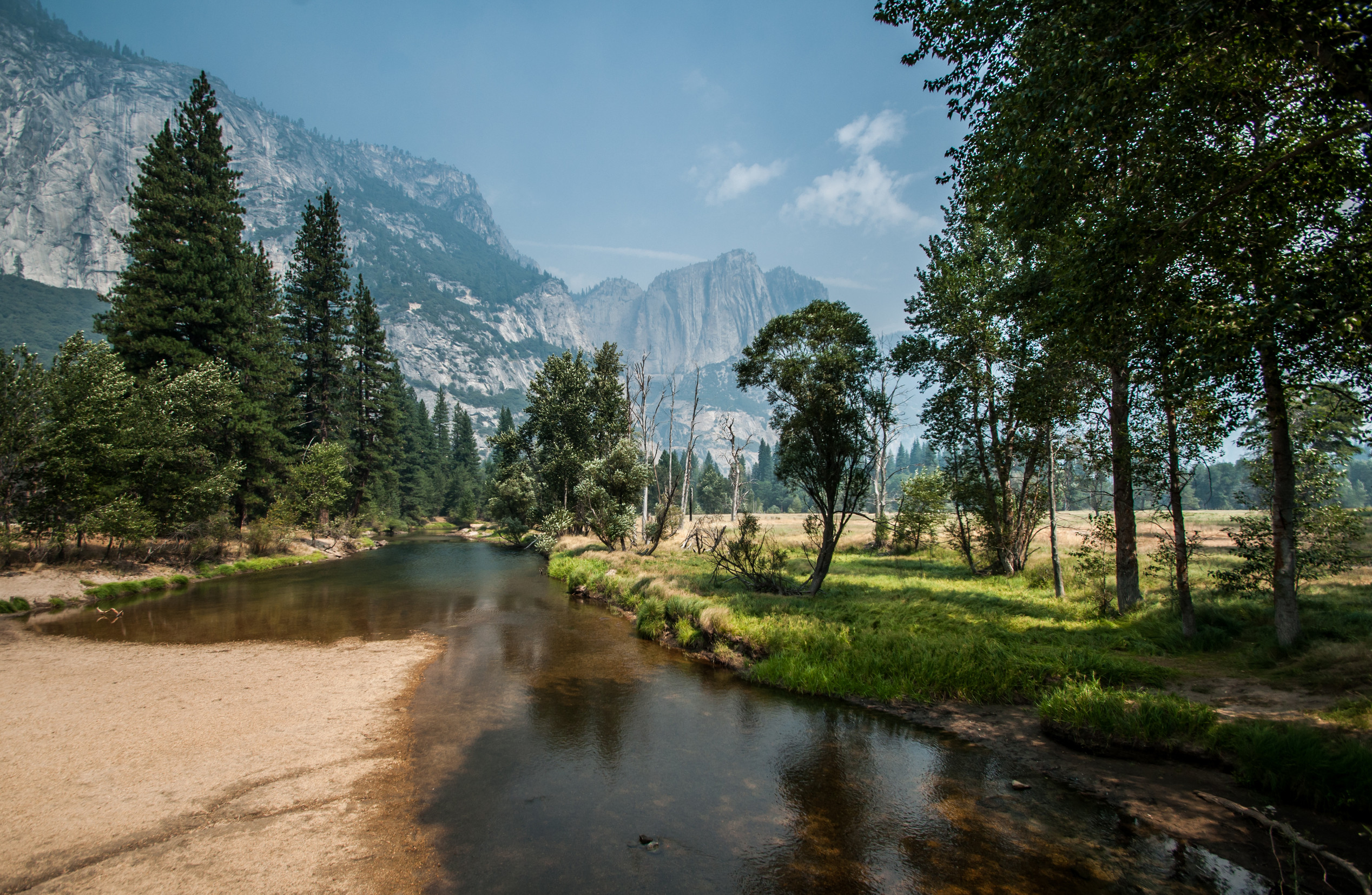An earthquake recorded in the Bonin Islands off mainland Japan in 2015 caused a minor aftershock. No damage was done, and no one even noticed its occurrence. Little did residents know the deepest earthquake ever recorded had just happened below. For years after the event, scientists were left scratching their heads at how one at such depths could even occur.
Detecting the quake
Japan is home to the most powerful system for detecting earthquakes. Their Hi-net array of seismic stations were utilized by the University of Arizona to pick up this deep quake. The actual force of the event couldn’t even be felt at the surface, so these sensitive instruments were needed to detect it.
Why did scientists think this was impossible?
Most earthquakes occur in the Earth’s crust or upper mantle, which extends down to 100 km below the surface. In the crust, rocks tend to be brittle and cold, so pressure can easily break this layer causing a quake. The subsequent upper mantle is hotter and under higher pressure, meaning a lower likelihood of this layer breaking, though earthquakes here are still possible.
The Bonin aftershock quake was estimated to occur much deeper down, around 400 km beneath the surface in the lower mantle. This layer of the Earth is hotter and denser than the lower mantle and it was previously thought to be impossible for an earthquake to occur here.
So how was the earthquake possible?
A study published in Geophysical Research Letters came up with a theory to explain the intriguing event. A particular mineral was of interest to these scientists called olivine—a shiny and green compound which makes up much of our planet. Weird things start to happen to minerals in high pressure environments, with their behavior becoming harder to predict. Olivine is no exception. It is thought that the atomic structure could have shifted its properties, transforming the mineral to become brittle under the intense force causing the quake.
With this new look at mantle dynamics, we will be able to gain a deeper understanding of earthquakes, hopefully leading to improved preparation and prediction for future natural disasters.
Source study: Geophysical Research Letters – Lower Mantle Seismicity Following the 2015 Mw 7.9 Bonin Islands Deep-Focus Earthquake











